
3:50:05 AM

|
| Home � Reviews � Forums � News 2015 � 2013 � 2012 � 2009 � 2008 � 2007 � 2006 � 2005 � 2004 RSS Feeds � FOV Factor Table � Sensor Sizes | Definitions: A-D � E-H � I-L � M-P � Q-U � V-Z | Sitemap Articles � Archived Websites (Pre-DigitalDingus): D100 Lounge � E-10 Club | Contact |
| Logitech G7 Laser Cordless Mouse |
| The G7: A Closer Look January 23, 2006 |
| Introduction � The G7: A Closer Look � Charging Station � SetPoint � Specifications � Conclusion
|
Let's take a closer look at the G7. The G7 From The Side When first looking at the design of the G series mice from Logitech, you begin to notice how well put together the mice really are. In the case of the G7 for example, you do not see the common manufacturing crevaces associated with mice, which lead to the accumulation of dust and debris. Minimal crevaces are part of the design of the G7. In addition, long and curvy lines (without other intersection lines) make the G7 mouse much easier to clean. This type of design also allows for a better grip.
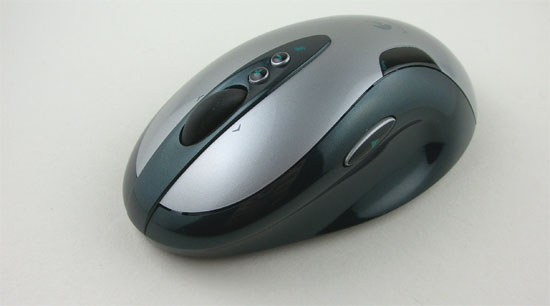
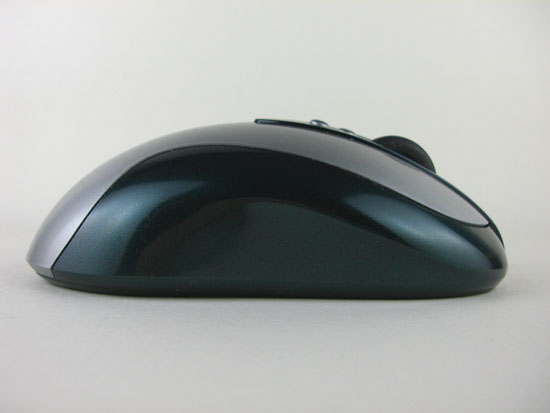
The following is an image taken of the bottom of the G7 Laser Cordless. The feet of the G7 is made of polytetrafluoroethylene. Try saying that 10 times without sounding like you belong in a mental ward. It's easier to say PTFE. Now, PTFE is NOT Teflon. However, Teflon is a form of PTFE. As a trivial note, the same material on the bottom of your mouse is used for artificial body parts.
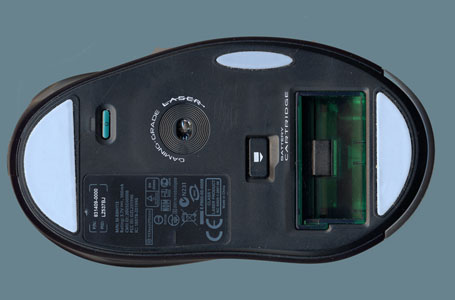
This is how the front of the G7 Laser Cordless looks like. It really seems to mock, taunt, and tease any PC game which wishes to test its performance and accuracy.
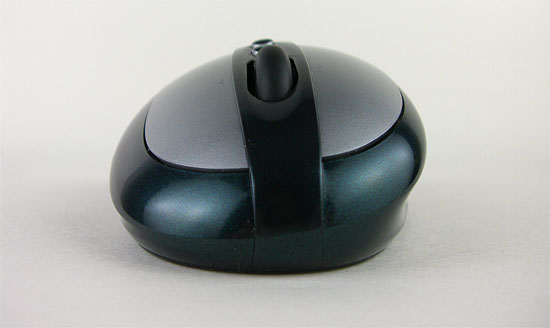
The following is an image taken of the back of the G7 Laser Cordless.
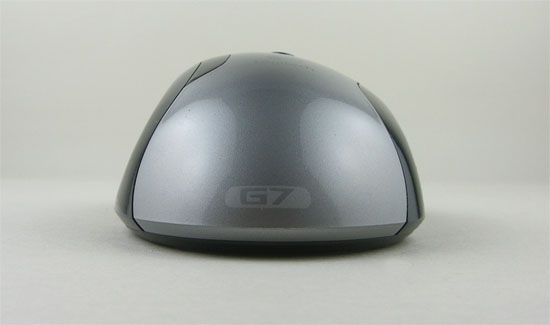
Some of you might wonder if the G7 is in fact the color you see when you receive your own. Yes, it is. This is why I decided to take my own images of the G7, because Logitech's own images made the G7 mouse seem a lot more "greener" than what it actually was. When you receive your G7, it will be a dark emerald green, with a slight touch of micro-sparkle. |
| Home � Reviews � Forums � News 2015 � 2013 � 2012 � 2009 � 2008 � 2007 � 2006 � 2005 � 2004 RSS Feeds � FOV Factor Table � Sensor Sizes | Definitions: A-D � E-H � I-L � M-P � Q-U � V-Z | Sitemap Articles � Archived Websites (Pre-DigitalDingus): D100 Lounge � E-10 Club | Contact |